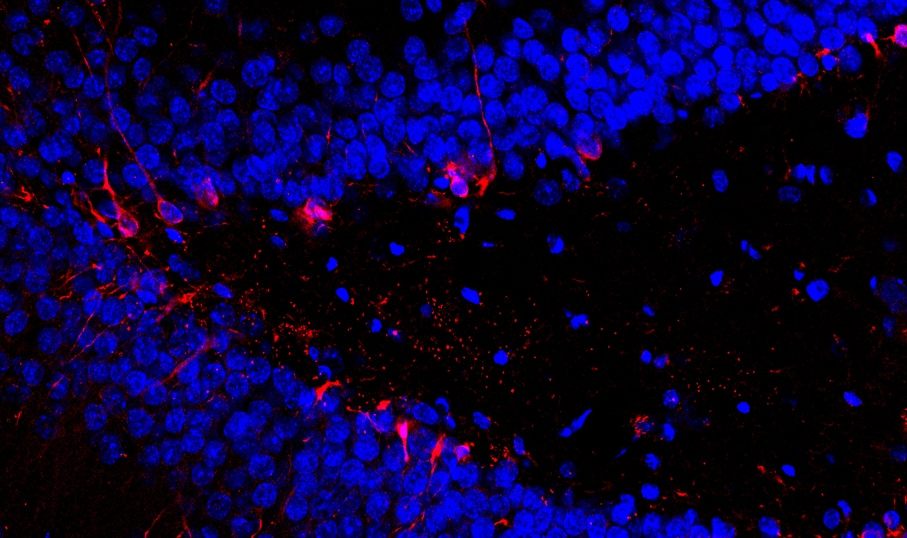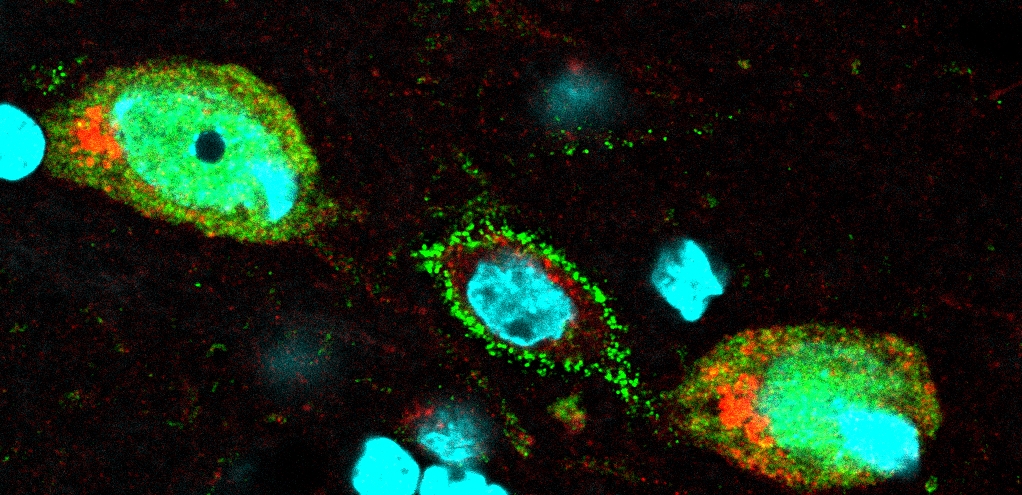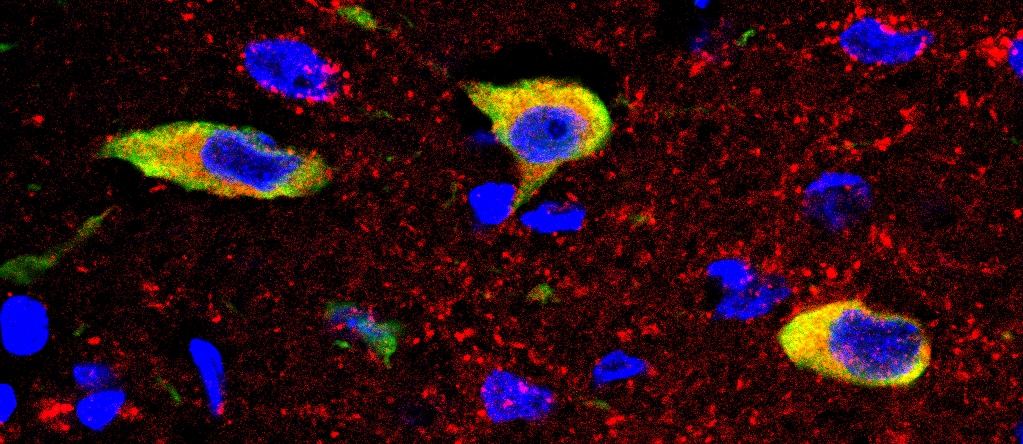Spinal cord injury (SCI) has permanent and devastating effects on the lives of affected individuals. Major neurological deficits of SCI, such as paraplegia or tetraplegia, are the result of 2 closely related events: the primary mechanical injury and the subsequent “secondary injury” mainly caused by broad mechanisms including inflammation, lipid peroxidation, production of oxidants, disruption of ion channels, axonal demyelination, glial scar formation (astrogliosis), glutamate excitotoxicity, cytoskeletal degradation and induction of extrinsic and intrinsic cell death pathways.
Remarkably, the above condition is associated to deregulation of expression/activity of the neurotrophin nerve growth factor (NGF). NGF has been described as a pro-survival and differentiating factor for neurons, when it challenges a receptor complex composed by its high-affinity receptor TrkA and the pan-neurotrophin receptor p75. However the precursor form of NGF (proNGF) has been demonstrated to exert a prevalent pro-apoptotic action, through the challenge of a receptor complex composed by p75 and sortilin. The balance between the action of the proNGF and mature NGF could then be critical for the maintenance of the balance between cell survival and death. This could be influenced both by regulating proNGF secretion and conversion into mature NGF, and by modulating the expression of the components of proNGF/NGF receptor complexes. In SCI models, both p75 and proNGF have been found increased. Microglia and astrocytes are important sources of proNGF after SCI and upregulate their proNGF production in response to the formation of endogenous oxidants. Processing of secreted proNGF into its mature form has been found to be regulated in neurotransmission-dependent manner, suggesting a possible glutamate-driven unbalance of NGF conversion from proNGF in the SCI context.
In this project, carried out in collaboration with the Laboratory for the study of Central and peripheral mechanisms of pain @IBCN-CNR (http://www.ibcn.cnr.it/pavone_en.htm) and the Electric, Electronic and Information Engeenering “Guglielmo Marconi” DEI @Alma Mater Studiorum - Università di Bologna (http://www.unibo.it/faculty/roberto.guerrieri) we use an animal model of spinal cord injury (spinal contusion) as well as two in vitro models (C6 glioma cell line and NHA-Normal human astrocytes from Clonetics™) to investigate the usefulness of innovative pharmacological cocktails whose efficacy is forecasted by using specific algorithms and data mining technology. Our analysis spans from the recovery of behavioural functions (motor & sensory) to the features of proNGF/NGF system, the regulation of oxidative balance and the occurrence of cell death by apoptosis/necroptosis after SCI (or equivalent insult in vitro) and pharmacological treatments.




